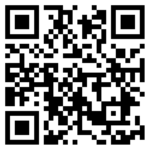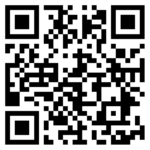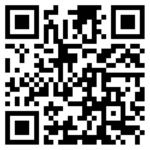2. CSI Challenge
Instructions (Part I): Carefully read the below scenario:
Background: The annual school science fair is a highly anticipated event where students showcase their innovative projects. This year, a groundbreaking experiment involving sustainable energy was the standout entry, expected to clinch the top prize. However, the night before judging, the project is mysteriously sabotaged. The main apparatus is dismantled, and crucial components are scattered across the floor. See an image of the project below prior to sabotage.
Evidence at the Scene: Next to the ruined display, a hastily scribbled note reads, “Better luck next time!” The note, written in black ink, appears rushed. Fingerprints cloud the edges of the project display table, suggesting a struggle or hurried attempt to disable the project. Nearby, distinctive fibers are found— likely from a heavy-duty jacket or sports team uniform, starkly out of place in the pristine environment of the science fair. Additionally, a series of muddy shoe prints leading to and from the display table have been identified. These prints could provide crucial insights into the movements and identity of the perpetrator.
Objective: You are tasked with uncovering the identity of the saboteur. You will need to perform paper chromatography to test the ink used in the note, use forensic techniques to analyze the fingerprints on the display table, and examine the unusual fibers under microscopes. The goal is to piece together the clues and determine which of the other competitors might have had the motive and opportunity to disrupt the project.

Instructions (Part II): Follow the method demonstrated in the video below to analyze the ink from each suspect’s pen. Use a wooden stirring stick instead of a pencil. Make sure the filter paper touches the water, but the ink mark remains above the water level. Allow the paper chromatography analysis to run for 5 minutes.
Instructions (Part III): Carefully remove each piece of filter paper and label them “Suspect 1”, “Suspect 2”, and “Suspect 3” using your pencil. Place all the filter papers side by side and take a clear photo. Upload the image using the QR code provided below, and type your first name in the “Subject” area.
Instructions (Part IV): To better understand the process of obtaining fingerprints, obtain a fingerprint card (as shown in the example below) and collect your own prints using the materials provided. Click here for instructions on how to obtain your own fingerprints if needed.

Instructions (Part V): Use the method shown in the videos below to lift the fingerprint from the provided acrylic square and transfer it onto the provided index card.
Instructions (Part VI): Take a clear photo of your fingerprint. Use the QR code provided below to upload the image, and type your first name in the “Subject” area.
Instructions (Part VII): Obtain microscope slides and a set of fiber samples from each of the five suspects. Prepare each sample for viewing using the method in this video.
Instructions (Part VIII): Use your microscope to examine the fibers from the crime scene. Pay attention to features like texture, color, and thickness, along with any other visible characteristics. As you examine each fiber, take a clear, magnified picture with your phone using the technique demonstrated in the video below.
Instructions (Part IX): Use the QR code provided below to upload the images of each fiber taken with your phone. Type your first name in the “Subject” area and label each image with the corresponding suspect’s designation (e.g., “Suspect 1”) in the “Write something” area. You will need to upload a total of three images.



